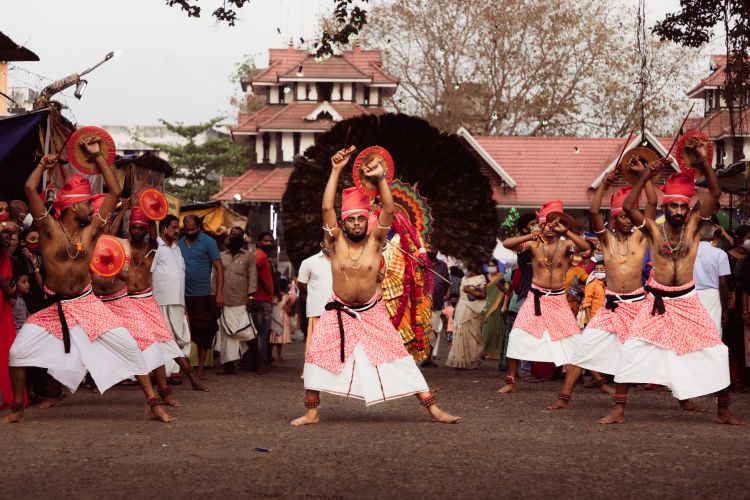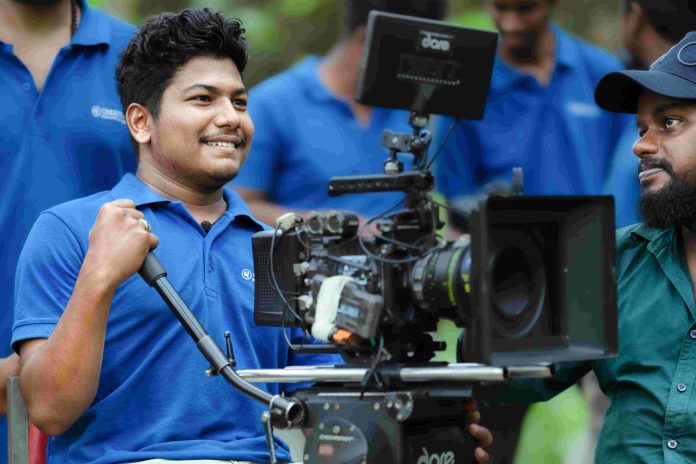In some of Kerala’s temples, men practice the ritualistic martial art form known as velakali. Mathoor Panicker, the commander of the Chempakasseri army, created Velakali at Ambalappuzha to inspire the populace’s sense of duty.
Velakali is a men’s performancePerformers, adorned in medieval Nair army attire, featuring ornate red helmets and beaded fabric garlands draped over their bare chests, dance rhythmically to the accompaniment of panchavadyam musicians. They brandish vibrant shields, long canes or swords, and showcase expert swordplay exhibitions during the performance.
During a Velakali performance, giant effigies portraying the Pandavas are erected at the Padmanabhaswamy temple’s eastern entrance. The dance depicts the conflict between the cousins and features Velakali dancers as the Kauravas.
When they reach the effigy of Yudhishthira, the dancers come to a halt and beat a retreat. The performance depicts the triumph of dharma over karma, as well as Bheema’s victory over the Kauravas during their banishment to the jungle.
To capture the dance of Velakali. I went to Thirunakkara Mahadeva Temple, Kottayam, during the festival.

Velakali: Nair Community dance performance at Mahadeva temple.

Devotional: Velakali is a Martial arts dance performance.

Dance: Combination of devotion and art.

Velakali: Dancer with shield and sword
Copyrights:
All the photos and text in this post are copyright of Paladugu Rajasekhar, Guntur , Andhra Pradesh Creative Hut Institute of Photography .Their reproduction, full or part, is forbidden without the explicit approval of the rightful owners.


